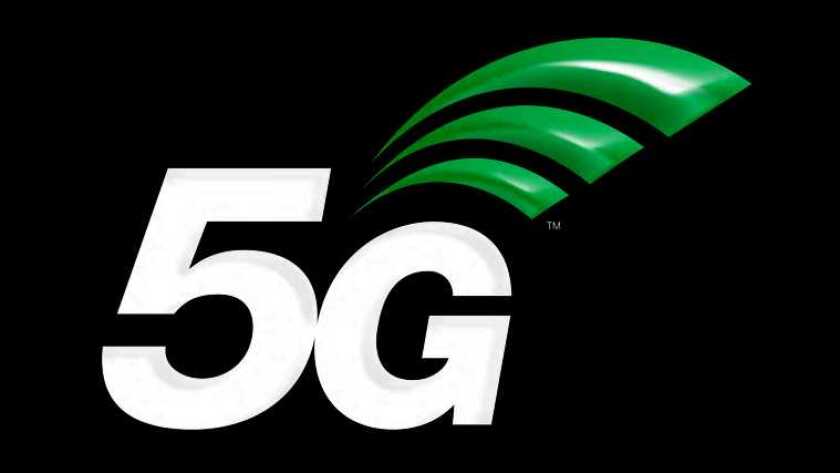Last month AT&T started making iPhones and Android phones on its network display “5Ge” even though they are connected only to a fast 4G network.
Sprint told a US federal court in New York: “What AT&T touts as 5G, however, is nothing more than an enhanced fourth generation Long Term Evolution wireless service, known as 4G LTE Advanced, which is offered by all other major wireless carriers.”
However, there is still no definition of what is a 5G network, a senior technology executive from the industry told Capacity.
Dan Warren, a former senior director of technology at the GSMA who is now Samsung’s head of 5G research in the UK, said that 5G stems from a white paper by the industry’s Next Generation Mobile Networks Alliance (NGMN) in 2014.
“That went straight into use cases”, including remote surgery, autonomous vehicles and internet of things (IoT), as well as augmented reality (AR) and virtual reality (VR). “The use cases drove the [technical] requirement,” said Warren, who is based at the Samsung R&D Institute, just outside London.
He said that the technology being developed for 5G is similar to that now used for LTE and LTE Advanced. “All you do is more of it.”
Sprint says it wants to ban AT&T from “any designation containing ‘5G’ in any and all advertisements, in any form whatsoever, for its wireless network and mobile devices, including on the screens of mobile devices connected to its wireless network” until real 5G is in operation, complying with standards set by the Third Generation Partnership Project (3GPP), the mobile industry’s 20-year-old standards group.
According to the law suit, “This technology is indisputably not 5G. Adding an ‘E’ or the word ‘Evolution’ to 5G does not mitigate the deception. AT&T is advertising its network as ‘5G’ and consumers wrongly believe that AT&T is offering 5G technology.”
It’s worked, says Sprint, citing a survey showing that 43% of people think an AT&T phone labelled 5Ge is capable of 5G, and 54% thinking that 5Ge networks are better than 5G, even though 5G doesn’t yet exist.
But Warren pointed out that the industry has form on this, especially in the US, where all a number of operators gave the 4G label to older technologies a decade ago. “If you’re looking at precedent, many have all been guilty of it.”
For example, T-Mobile US decided to label as “4G” its high-speed packet access (HSPA+) variants of 3G, well in advance of the availability of any real 4G LTE services as defined by 3GPP. Sprint labelled its WiMax service as 4G at the same time. Meanwhile AT&T branded its HSPA+ as “pre-4G” or “4G-like”.
“It’s marketing and marketing plus. There is no technical definition,” said Warren.
“Our customers love it,” said AT&T, defending its action. It said in a statement: “5G Evolution and the 5GE indicator simply let customers know when their device is in an area where speeds up to twice as fast as standard LTE are available. That’s what 5G Evolution is, and we are delighted to deliver it to our customers.”
Even the use of “evolution” has precedent. The term “long-term evolution” as used in the early 2000s was deliberately devised by the industry to avoid the explicit term “4G” in the years when operators were recovering from spending billions on 3G spectrum: companies did not want to alert politicians to the fact that another generation was on the way, so they chose a boring term for what was, in fact, 4G.






